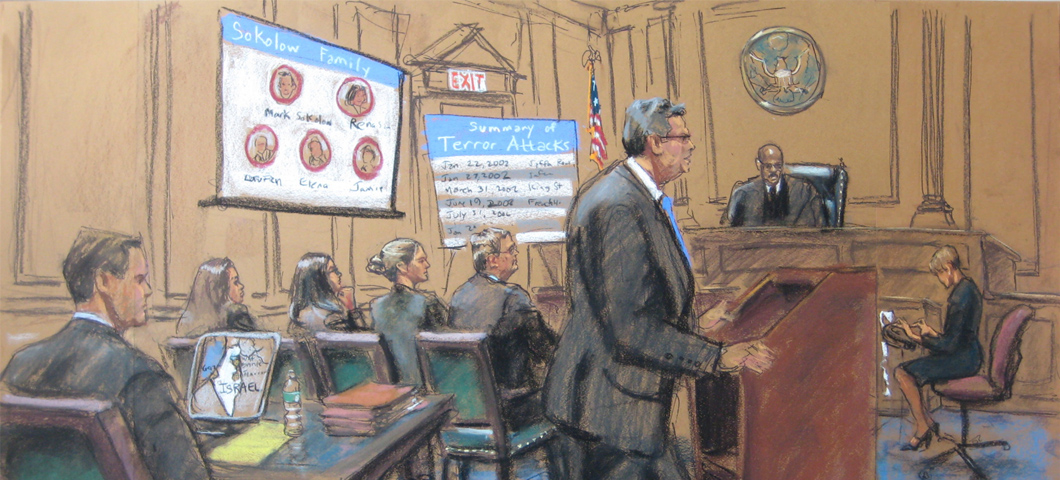Enhancing Your Lawful Strategy With Expert Test Presentations
In today's lawful landscape, the value of professional test presentations can not be overstated. By changing dense legal ideas into interesting narratives, specialists can enhance juror understanding and retention.
Significance of Trial Presentations
Test discussions act as a crucial aspect in the legal procedure, efficiently bridging the space between complicated legal debates and juror comprehension. The capacity to distill detailed legal concepts into obtainable narratives is essential for jurors, that must make educated choices based on the proof presented. A well-crafted discussion not just clears up the instance but likewise enhances the persuasiveness of the disagreement, inevitably influencing the jury's assumption.
In an era where interest periods are limited, the relevance of engaging visuals and clear interaction can not be overemphasized. Trial presentations offer to record jurors' rate of interest and keep their focus, permitting a deeper understanding of the truths and lawful concerns available. In addition, they offer an organized structure that organizes the situation, helping with sensible circulation and comprehensibility.

Secret Elements of Effective Presentations
An efficient discussion in a court room establishing joints on numerous key components that collectively enhance its impact. Attorneys should distill complicated legal disagreements into concise, quickly digestible points to ensure jurors understand the core issues.
Visual aids play a vital duty too, as they can dramatically enhance vital messages. Reliable use displays, graphes, and representations can clear up complex details and highlight important facts. Additionally, the presenter's distribution design is crucial; certain, appealing communication fosters integrity and preserves jurors' attention.
Lastly, recognizing the target market is vital. Tailoring the discussion to the jurors' backgrounds and values can cultivate a connection that enhances understanding to the debate. In summary, clarity, narrative framework, visual help, distribution style, and target market understanding are essential to crafting an effective court room presentation that resonates with jurors and sustains the overarching legal approach.
Innovation in Trial Presentations
Modern court rooms progressively incorporate innovation to boost trial discussions, improving the foundational components of effective interaction established via clear messaging and appealing stories. The consolidation of audio-visual aids, such as high-definition projectors and interactive displays, permits lawful groups to existing evidence in an extra engaging manner. This innovation not just catches the jury's interest yet also promotes a better understanding of intricate information.

Digital devices, including presentation software program and digital exhibit administration systems, simplify the organization and retrieval of evidence (trial presentations). Lawyers can promptly reference documents, pictures, and video clips, making certain that vital info is conveniently accessible during the trial. Furthermore, using computer animations and simulations can strongly illustrate essential ideas, making them much easier for jurors to grasp
Moreover, courtroom innovation promotes partnership among lawful specialists, making it possible for real-time changes to discussions based upon court responses or unanticipated growths. The ability to adapt on the fly is essential in maintaining interaction and enhancing debates. As technology remains to develop, its role in trial presentations will definitely increase, offering innovative ways to communicate efficiently and persuasively in the quest of justice.
Narration Methods for Effect
Reliable narration methods are critical in supplying impactful test discussions, as they change intricate lawful debates into relatable narratives. A well-crafted story mesmerizes the audience, making it much easier for jurors to comprehend and keep in mind key factors.
To create an engaging narrative, attorneys need to concentrate on establishing a clear framework with a beginning, middle, and end. The start must introduce the instance context and its relevance, while the middle elaborates on the core concerns, weaving in evidence and witness testimonies that sustain the argument. Effectively, the ending should enhance the intended message, driving home the wanted result.
Furthermore, including emotional components can considerably improve the story's impact. By humanizing the situation, lawyers can evoke empathy, permitting jurors to connect personally with the realities presented. Using dazzling imagery and narratives can additionally aid in showing complicated motifs, making them more concrete and unforgettable.

Tips for Implementation in Court
Implementing storytelling strategies in court needs mindful planning and implementation to ensure that the narrative reverberates with jurors. Begin by identifying the core message of your instance and aligning it with the emotional and valid elements that will involve the jury. Produce a clear and engaging narrative arc that includes an intro, a growth of conflict, and a resolution.
Use aesthetic aids to boost storytelling; exhibitions, timelines, and multimedia discussions can aid illustrate complicated principles and maintain juror rate of interest. Exercise your distribution, guaranteeing that body language, tone, and pacing Full Report follow the emotional weight of your story.

Verdict
Finally, professional test presentations play a crucial role in boosting legal strategies by successfully interacting intricate disagreements to jurors. The assimilation of visual help, clear narratives, and psychological narration promotes juror involvement and comprehension. By leveraging innovation and adhering to vital components of effective discussions, attorneys can substantially boost the possibility of attaining favorable decisions. The execution of these strategies is vital for modern-day trial advocacy, eventually forming the end result of legal procedures - trial presentations.